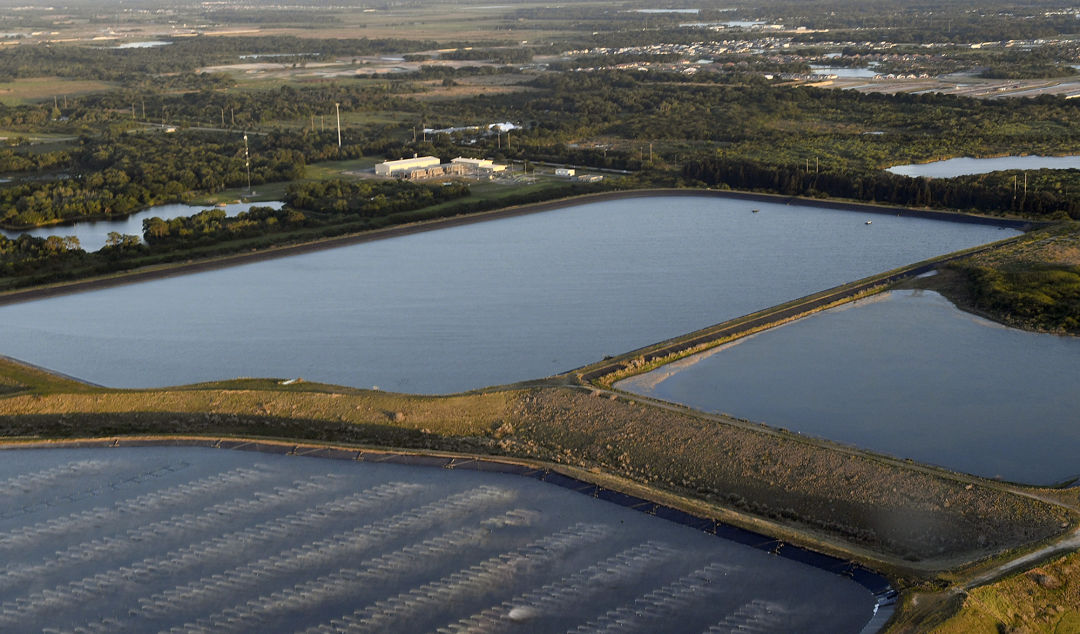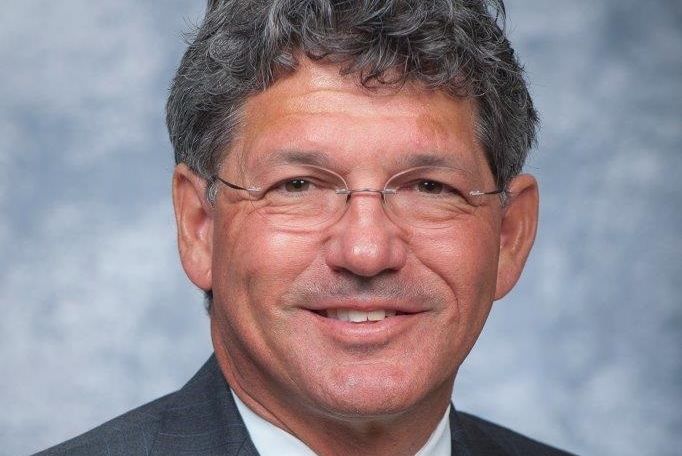What’s Going to Happen with Piney Point’s Toxic Wastewater?

Piney Point
After the catastrophic leak into Tampa Bay of more than 200 million gallons of wastewater from the former Piney Point phosphate plant, the obvious question was where do we go from here?
Even groups that were previously opposed—environmentalists and Florida’s top political leaders—agreed that the abandoned plant had to close. What they couldn’t agree on was how.
While that might have spurred fruitful debate in a different climate, discussion here ended as quickly as it started. In late April, less than three weeks after the leak occurred, Manatee County commissioners voted 6-1 to allocate more than $9 million to the construction of a deep well that would hold the remaining Piney Point wastewater. That water — about 557 million gallons — would be treated and injected more than 3,000 feet below the ground’s surface.
The county’s plan is now creeping ever closer. Six months after the initial disaster, the Florida Department of Environmental Protection issued a draft permit on Sept. 1 to Manatee County for the deep well’s construction.
Before final approval, the agency will host a public meeting on Oct. 6, in the auditorium of the downtown Bradenton library, 1301 Barcarrota Boulevard West, from 4 to 7 p.m. Manatee County Administrator Scott Hopes calls the meeting a “formality.”
“The public hearing is more of an educational opportunity for the public,” Hopes said. “In all reality, it’s not a public hearing to determine whether or not the permit is going to be issued.”
To say that environmentalists are frustrated and disappointed would be an understatement. In June, environmental groups, including the Suncoast Waterkeeper, Tampa Bay Waterkeeper and the Center for Biological Diversity, filed a federal lawsuit against the state of Florida, Piney Point’s owners and the Manatee County Port Authority. The claim asserts that the government and the plant’s private owners disregarded indications that a leak at the old phosphate plant was possible and even probable. Environmentalists want a seat at the table to protect the public’s interest and to present the best science.
Could that lawsuit hinder Manatee County’s plans? Suncoast Waterkeeper founder Justin Bloom says the filing is still “in its early stages.” There is a possibility of a permit challenge should the DEP issue a final permit; however, federal court rulings might impact the permit process and any permit challenge.
Environmentalists have a preferred option they would like considered—reverse osmosis, a process that would remove a majority of the wastewater’s pollutants, which then could be released far into the ocean, injected deep into the aquifer or discharged to surface waters.
Even if that’s not on the table, environmentalists are sure that deep well injection of phosphate wastes is not the right answer.
“We are opposed to this injection well,” says Bloom. “It’s our position that the effluent that they seek to put down the well is hazardous waste and that [the permit the county has filed] calls for injection of non-hazardous waste.”
Florida currently has 217 active Class I underground injection control (UIC) wells, according to the DEP. Out of the five deep injection wells operating in Manatee County, two are a Class 1, which can be used to store hazardous waste. One of these wells has been functioning for 30 years without failure.
“They are constantly monitoring all the surrounding areas and aquifer layers,” Hopes says. “That well that we’ve been operating for 30 years is one of the primary reasons why Sarasota Bay is so much cleaner today than it was 25 years ago.”
Manatee County considered this strategy once before, in 2015, but local leaders decided to back down after severe backlash from the agricultural community, according to Bloom. If a deep injection well was scrapped only six years earlier, environmentalists wonder what makes this strategy tenable now, when things are arguably much worse.
But the DEP’s stance is clear: deep well injection is the only option that will work to close Piney Point.
“Compared to other water disposal options for the site, a UIC (underground injection control) well is the only viable method, other than treated discharges, that is capable of disposing of the large volume of treated water from the site as quickly as needed to manage safe water levels at the site and expedite closure,” DEP press secretary Alexandra Kuchta wrote in a recent email.
Once DEP gives Manatee County the final go-ahead to begin work, drilling will start on the primary injection well, according to Hopes. The hope is to have the well operational by the end of summer or fall of 2022.
In the meantime, work on the site has not stopped. Summer rains have filled the old phosphate plant to the brim, threatening to cause another discharge. Since June, the site has received almost 30 inches of rain. It can currently store 8.5 inches of additional rainfall, according to DEP officials, but that is expected to change with more rain and more site water management.
With no other option, Manatee County has treated or is in the process of treating almost 3.3 million gallons of wastewater from the site, according to the DEP. Between mid-August and early September, about 1.8 million gallons of wastewater were delivered by truck to the county’s water reclamation facility. Almost 1.5 million gallons of wastewater have been piped to the county’s north water reclamation facility since early September. But that is most certainly not a sustainable solution.
Engineers are still working out the specifics of what the treatment process will look like for the wastewater that gets injected into the deep well. It’s a delicate balance of adjusting the pH and removing certain solids to ensure that the well does not get clogged. One thing is certain: the wastewater will not be injected as it stands now.
“You’re not just taking the raw stuff out of those ponds and shoving it down a hole,” Hopes says.
That no treatment strategy has even been announced further concerns Bloom.
“I think that they need to clearly be transparent about how they seek to treat the effluent and have a specific plan as to how they’re going to treat and dispose of it,” he says. “It’s a hazardous stew that needs to be properly treated and disposed of, and I think that they’re rushing to pump it down a well without having a plan to deal with the pollution.”
To Hopes, this back-and-forth is simply the nature of environmental crises that have to be rectified — and quickly. There are no right decisions, just bad options and even worse ones. The key is finding the least harmful method.
“With anything related to public health and the environment, it’s all a measurement of risk versus benefit. The known is that those stacks must be dewatered in order to close them,” Hopes says. “And we know that the least desirable option is what had to occur at the first of April, when we had no viable option other than to have an emergency discharge into Tampa Bay.”



